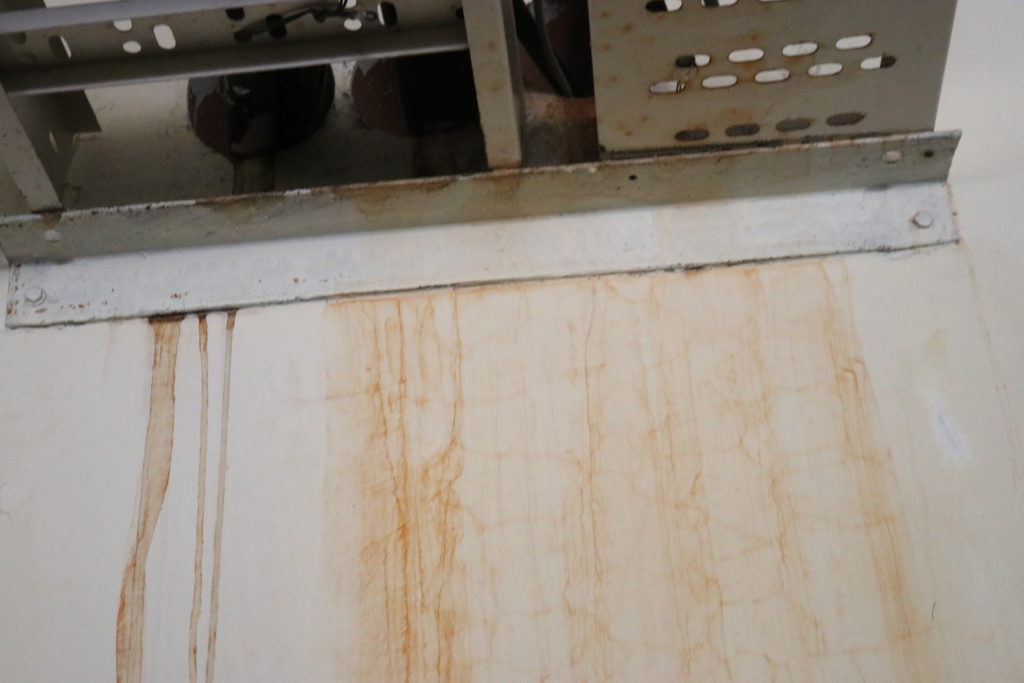02 Oct BEST CONCRETE PRACTICES FOR PERMANENT WATERPROOFING & industrial flooring SOLUTIONS

The performance of waterproofing and industrial flooring products is highly affected by the quality of the concrete acting as the substrate.
Over 70% of the repair works we undertake, we actually find that the concrete that was casted is very poor ( wrong class, cracks, honeycombs) and therefore clients assume that the waterproofing product or the flooring product will cover up the mistakes.
Therefore, what are the approaches one can take to make sure that that the structure performs as intended, becomes habitable and remains integral in the long run?
- The proposed concrete design mix should achieve the highest intended strength and the lowest porosity & permeability. Both the concrete strength and permeability should be tested. The concrete mix design should consider the type and quality of cement, type and grading of the fine and coarse aggregates, alkali-silica reaction of the aggregates, and the water/cement ratio (which should be kept at 0.4 – 0.45) to produce concrete with the required strength and reduced porosity and permeability, and that will not develop Drying Shrinkage Cracks due to excess water and thermal Cracks due to the heat of hydration and too much fines.
- For foundation or basement slabs, the concrete should be able to withstand the highest hydrostatic pressure. In short, concrete should be designed for worst case scenarios.
- All the construction and expansion joints must have the appropriate waterstop in terms of type (PVC or Swellable), size and profile. The joints must be sealed during construction and not after. The water stops should be placed and secured before pouring the concrete. The construction joints between walls and floor slab should be sealed with PVC WATERSTOP of a width not greater than the thickness of the wall. It should be tied to the reinforcement before the concrete is poured.
- For Grade 3 basements (where NO water penetration or dampness is acceptable) two approaches of waterproofing against water ingress should be considered. In Kenya we usually combine Type B – structural integral which uses permeability reducing chemicals and Type A – barrier protection against water ingress which is dependent on a separate barrier system (a membrane) applied to the structure. This means adding a waterproofing admixture to the concrete and also laying a membrane on the external surfaces of the basement to form a physical barrier. Laying a membrane will require a well laid smooth and even blinding concrete to enable the lining of the slab and a working space of at least 1m along the retaining walls to allow for laying and protection of the waterproofing membrane on the retaining walls.
- The concrete should be mixed, placed, compacted and cured following good concrete practices to avoid plastic cracks, bleeding and segregation which can result in poor quality and honeycombed concrete.
- A true Crystalline waterproofing admixture should be added during batching at a rate of 1 – 2% of the cement content by weight as per manufacturer’s specifications.

